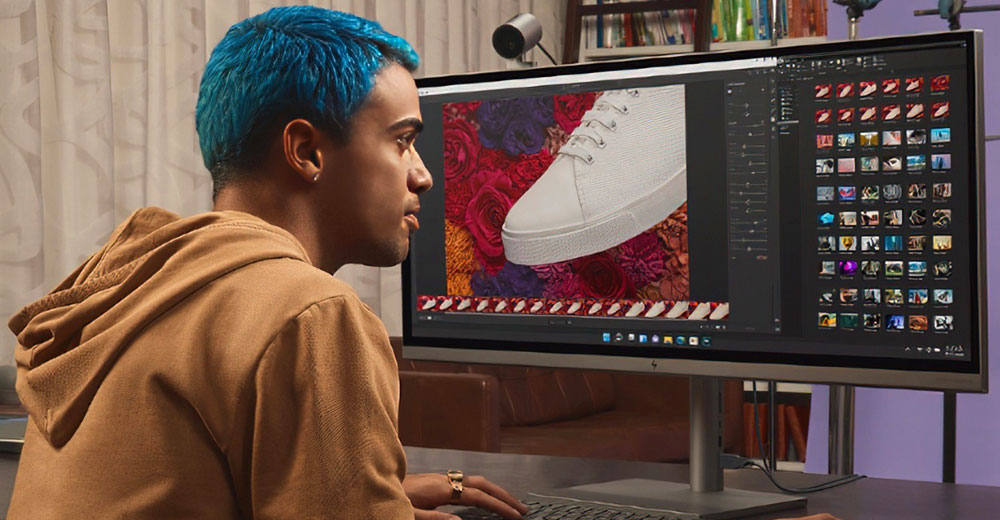The End of Windows 10: An Impending E-Waste Crisis
Microsoft aims to revitalize the PC market with artificial intelligence and Windows 11, but this strategy might lead to an unintended surge in computer disposals.
“Windows 11 itself does not directly contribute to e-waste,” clarified Kieren Jessop, an analyst with Canalys, an international market research firm. “However, its hardware requirements can indirectly push e-waste,” he explained. “A significant portion of the global installed base cannot upgrade to Win11 due to the TPM 2.0 chip, which is crucial for Win11’s security.”
He highlighted that Canalys estimates approximately 20% of the worldwide Windows user base, equating to over 200 million devices, can’t upgrade to Windows 11.
Most of these devices are running Windows 10, which Microsoft plans to stop supporting in October 2025. “These devices won’t immediately become obsolete after Win10’s support ends,” Jessop noted. “While consumers might not be overly concerned about using outdated Windows versions, businesses with older hardware will likely move to new devices once Win10 support ends.”
240M PCs Headed to the Dump
Jessop, along with fellow analyst Ben Caddy, published a report in December, estimating that around 240 million Windows 10 PCs could become e-waste by the time support ends.
Many of these 240 million PCs, if well-maintained, could at least be recycled. However, the report mentioned that their incompatibility with newer Windows versions drastically lowers their refurbishing and resale value.
While many of these PCs will still function for years, the demand for unsupported devices will plummet — even for businesses with tight IT budgets due to the lack of ongoing free security updates.
“Organizations with ample Windows 10 PCs will be nudged to replace their devices early once support stops &,” observed Caddy. “especially due to the discontinuation of security updates for their devices.”
Though Microsoft is offering an Extended Security Updates program for three years post-Win10 end-of-service, Caddy pointed out that the high cost makes this less appealing for extending the life of Win10 PCs.
The update fee is US$61 per device for the first year, rises to $122 for the second year, and hits $244 for the third year.
Bonanza for Landfills
“Companies prefer having their devices equipped with the latest security updates and features, so even functional older hardware is deemed obsolete,” commented Jacob Kalvo, co-founder and CEO of Live Proxies, a proxy solutions provider.
Kalvo mentioned that Microsoft significantly raised the hardware requirements for Windows 11 compared to Windows 10. “This means many PCs, capable of running everyday applications but falling short on Windows 11 specs, are at risk of disposal,” he said.
Beyond the end of Win10 support, COVID-19 driven demand has many business’ PC inventories due for renewal,” Jessop said.
Combined with support cessation for Windows 10, this will likely boost PC sales in upcoming months. “A survey of channel partners by Canalys revealed that 73% of partners anticipate the Win10 EoS impacting customers’ refresh plans in the next year,” said Jessop.
Even if Microsoft weren’t ending support for Windows 10, AI advancements are rendering Win10 hardware outdated. “If AI-based applications and features become standard, then older PCs will struggle to run them efficiently,” Kalvo commented.
This will become more prevalent as AI functionalities shift from cloud to device. “AI-enabled PCs performing on-device inferencing present several benefits, including reduced query costs, lower latency, unlimited personalization, improved availability — no internet needed — and enhanced privacy and security,” Jessop explained.
He further added that conducting AI inferencing on-prem can be up to 75% more cost-effective than cloud solutions, and that 83% of enterprise CIOs plan to repatriate workloads from the public cloud this year for AI purposes.
Cascading PCs
However, Russ Ernst, CTO of Blancco Technology Group, a leader in data erasure and mobile device diagnostics, said firms are striving to extend the lifecycle of their hardware, not shorten it.
“Currently, there’s a push in large enterprises to keep machines running for a longer period,” he explained. “Efforts are underway to move beyond a strict three-year lifecycle, extending it to four, five years, or even longer. Some Original Equipment Manufacturers (OEMs), like HP, are considering a seven-year lifecycle, which is quite extensive.”
“In the past, a three-year lifespan for a machine was standard but now, companies need to assess system requirements beyond just time.” he continued.
One method to elongate hardware life is through “cascading,” which demands understanding the computing needs of various business units. “You can’t cascade a machine from marketing to engineering due to incompatible system requirements, but transitioning one from engineering to marketing is more feasible,” he explained.
Sustainability Lesson
The e-waste surge from the end of Windows 10 support underscores the critical role device manufacturers and OS developers play in extending the usable life of products, according to the Canalys report.
To support a circular economy, the report suggested that OEMs must design products with durability, repairability, and recyclability in mind, while OS vendors should strive to keep devices functional and secure for as long as possible.
“While reducing e-waste falls partly on vendors, responsibility is shared among manufacturers, consumers, and policymakers,” Jessop remarked. “Vendors can contribute by creating long-lasting products, offering repair services, and providing extended software updates. However, consumers need to make informed decisions and dispose of devices properly.”
“The introduction of AI PCs has led vendors to launch diverse marketing campaigns emphasizing both AI features and the sustainability of new hardware,” he observed.
Caddy added that the lifecycle of devices is influenced by the purchasing and replacement habits of consumers, and organizational IT procurement patterns. “Nevertheless,” he said, “PC manufacturers have a duty to ensure devices operate effectively for as long as achievable. This requires designing durable, easy-to-repair devices on the hardware side.”
“Furthermore,” he continued, “the lifespan of hardware is deeply impacted by the decisions of OS developers like Microsoft and Apple. The end of support for an operating system can prematurely retire well-functioning and repairable devices due to security concerns associated with outdated OS versions.”

Post Comment